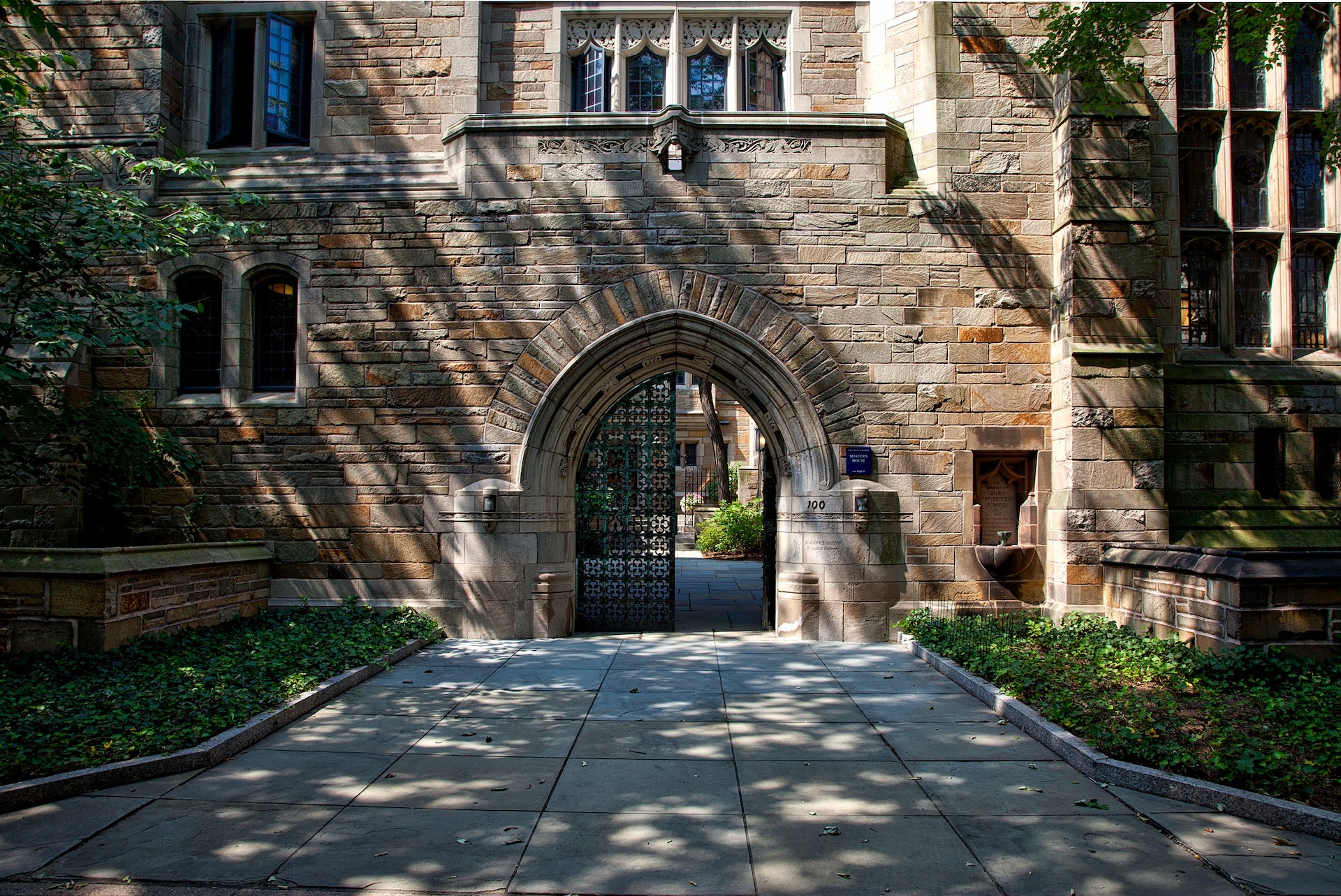The current education systems around the world limit students to a specific syllabus. Curriculum developers compact all the syllabus information into a book and set exams within that information. This opens doors for students to rely on memorizing a lot of facts without conceptualizing them or critically thinking about them.
Educators have a big role in helping students to analyze information critically so that they become independent thinkers. They can apply available technology to foster self-regulated learning or assign them analysis-based projects. There are many ways to develop students’ abilities.
Use of technology in schools to promote analytical and critical thinking abilities
A school is a place where students are prepared to live in a competitive society after they graduate. They sit under a tutor in a university or any other institution for a certain number of years, after which they are expected to succeed in employment or business. Technology can be an excellent tool to prepare a student to develop their ability to analyze. It transitions them beyond listening to lectures only to being actively engaged in the learning process. They begin to apply the lessons to real-life situations.
The computer is particularly important in developing students’ analytical and critical thinking skills. It is one gadget that can be used to connect to many other technologies useful in the classroom, such as the internet, online learning tools, remote assignments, etc. Assigning essays is an important part of teaching because they help a teacher understand how well students are learning. They also help enhance the student learning process as they research ideas to use in their writing. The process analysis essays is one of the essays that can quickly develop learning analysis skills in students. As they explain the process required to complete a task from the starting point to the end, their analytical skills keep developing. The best approach is to assign these kinds of essays often.
Use of analysis-based projects
Although the teacher is restricted to staying within the syllabus, they are not limited on the methods they can use to complete it. Education is dynamic and focuses on every area of student development, such as health, mental wellness, and above all, analysis skills. Instead of entirely relying on essay writing, homework, or the exam, a teacher can look outside of the box and assign an analysis-based project to a group of students and make sure they include the shared grade in the student GPA.
They may, for example, analyze how technology parks of the Silicon Valley have succeeded and how the successes can be applied in a research university environment.
Make the classroom engaging
There are two teaching approaches a teacher can use in a classroom – the sit and listen to only approach or the actively participate approach. Both methods will work but the latter will help students become analytical thinkers.
Before assigning academic papers such as a Ph.D. dissertation or research paper for college, the teacher can allow students to ask questions. They can criticize or even ask questions beyond the lesson or course. It will help them not just to receive information but to analyze it critically to determine its applicability in a real-life situation.
Teach about analysis
The main reason why students sit in a class until they graduate with a certificate, diploma, or degree is a career. The career world is looking for people with really good talent such as analysis skills, critical thinking, problem-solving, skills of a writer, etc. They will develop their analytical skills better if they understand what it’s all about. That means, before assigning them to write analytical-based projects, or using technologies to teach, explain the meaning of analytical skills.
The main component of analytical skills is the ability to collect information, visualize it, and analyze it to get its bigger picture beyond the facts provided. It can help a student link one idea to the next, pinpoint the details of each, and combine them to provide a strong solution.
Get ready to stand to the challenge
Before a college or university welcomes students to enroll for courses, they first prepare buildings, hire teachers, administrators, and prepare all necessary infrastructure that makes learning easy. In the same way, educators should prepare an environment that promotes students’ analytical and critical thinking abilities.
The first step is to adjust the syllabus to accommodate teaching that promotes analytical thinking. The next step is to bring into the education system technologies that will promote the skills. Lastly, the teacher should create a practical learning environment that keeps students actively engaged in thinking and analysis. The teacher may sometimes be required to go out of the way beyond the syllabus to help students develop into responsible people after college. They might teach them not to rely only on information from the classroom but to dig deeper for facts.
Conclusion
Today’s students not only learn knowledge in school but also critical thinking skills important for developing their character and adaptability in any life situation. The teacher may use different methods to train students to develop analytical skills. They may apply the available technology, assign analytical-based projects, or develop an interactive teaching approach. Research projects are catalysts to critical thinking. They help a student develop their ability to analyze fast.














